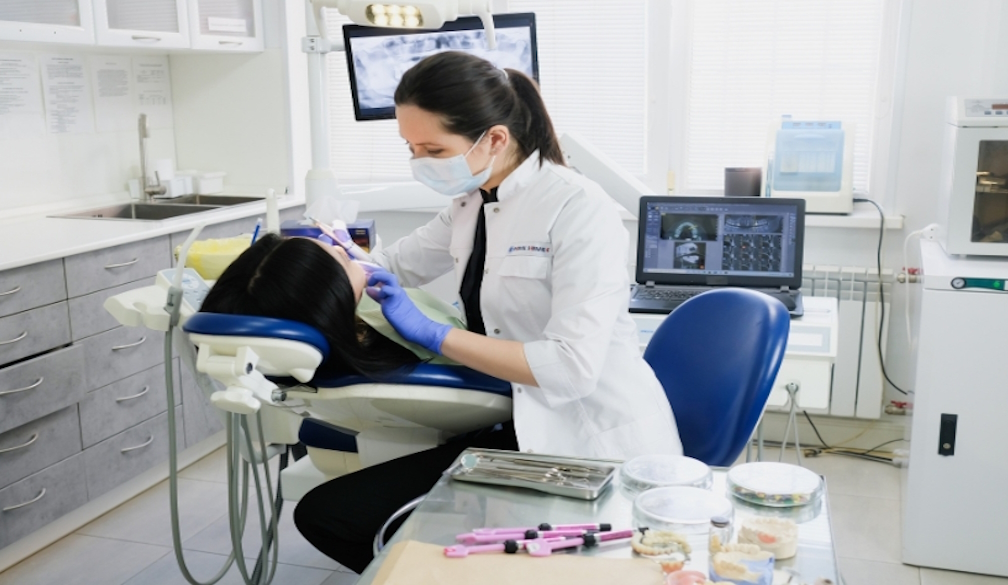Sleep Dentistry for Anxiety: How Modern Treatment Helps Patients Relax

For many people, dental anxiety isn’t just a minor worry — it’s a barrier that keeps them from getting the care they need. The sound of drills, the sterile scent, or even a simple check-up can cause heightened stress. Thankfully, 2025 has brought a wave of innovation to the dental world, especially in how clinics approach patient comfort. From advanced sedation options to personalized calming techniques, dentistry is no longer something to fear — it’s becoming something to truly relax into.
Understanding Dental Anxiety in the Modern Age
Dental anxiety affects millions of Australians every year. It can stem from past negative experiences, fear of pain, or even embarrassment about one’s teeth. In some cases, anxiety is so intense that people avoid dental appointments altogether, risking long-term oral health issues.
But as healthcare becomes more patient-centric, dentists are finding new ways to address not just the physical side of treatment, but the emotional one as well. This is where sleep dentistry—also known as sedation dentistry—plays a transformative role. It creates a calm, controlled environment where patients can receive essential care without stress, fear, or discomfort.
How Sleep Dentistry Works
Sleep dentistry isn’t about being fully unconscious like in a hospital surgery; instead, it uses varying levels of sedation to help patients enter a deeply relaxed, almost dreamlike state. Depending on the treatment, the dentist may use:
- Oral sedation (a pill that helps reduce anxiety before and during treatment)
- Inhalation sedation (commonly known as laughing gas, offering light relaxation)
- IV sedation (providing deeper relaxation while remaining responsive)
- General anaesthesia (reserved for complex or lengthy procedures)
These methods allow the dentist to work efficiently while patients remain calm and comfortable. The experience is often so gentle that patients have little to no memory of the procedure. It’s one of the most effective solutions for dental anxiety include sleep dentistry that’s redefining the patient experience in Australia today.
A Calmer Dental Experience: Beyond Sedation
Modern dental care isn’t just about the medication — it’s about atmosphere and empathy. Clinics are now blending technology and design to create spa-like environments that soothe rather than startle. Picture soft lighting, ambient music, essential oils diffusing in the air, and dental chairs that feel more like recliners than medical equipment.
Dentists also use digital planning tools and 3D imaging to help patients understand their treatment clearly before it begins. When patients know exactly what to expect, the unknown loses its power — and anxiety naturally subsides. Many clinics even offer comfort menus that include warm blankets, aromatherapy, or noise-cancelling headphones.
The Science Behind Comfort
Anxiety triggers a biological stress response — elevated heart rate, shallow breathing, and tense muscles. Sedation dentistry interrupts that response, allowing the body to relax fully. When combined with a caring dental team and mindful preparation, it fosters an environment where patients can feel safe and supported.
Studies also show that when patients are relaxed, dental procedures often go smoother and faster. Sedation minimizes movement, enhances precision, and reduces the need for multiple visits. In essence, it benefits both patient and practitioner.
Who Benefits Most from Sleep Dentistry
Sleep dentistry is particularly effective for:
- Patients with severe dental anxiety or phobia
- People requiring extensive treatments (such as full-mouth restorations or implants)
- Those with a low pain threshold or sensitive gag reflex
- Individuals with special needs or difficulty staying still
It’s also a game-changer for busy professionals who want to complete multiple treatments in one longer session without discomfort. Whether it’s a simple cleaning or a major restorative procedure, the emphasis is on transforming what once caused fear into an experience of ease and calm.
A Shift Toward Empathetic Dentistry
The rise of sleep dentistry marks a broader cultural change in healthcare — one that values emotional wellbeing as much as physical results. Modern dentists aren’t just practitioners of oral care; they’re architects of comfort.
From pre-appointment consultations that explore a patient’s fears, to post-care support that ensures a smooth recovery, every detail matters. The goal is no longer just to “get through” the visit, but to actually enjoy it — or at the very least, leave feeling rested, respected, and reassured.
This empathetic approach is part of a growing movement among professionals who adopt procedures that facilitate calmness to their clients — reshaping dentistry from a source of stress into a sanctuary of care.









